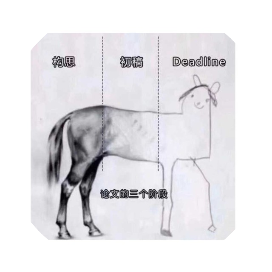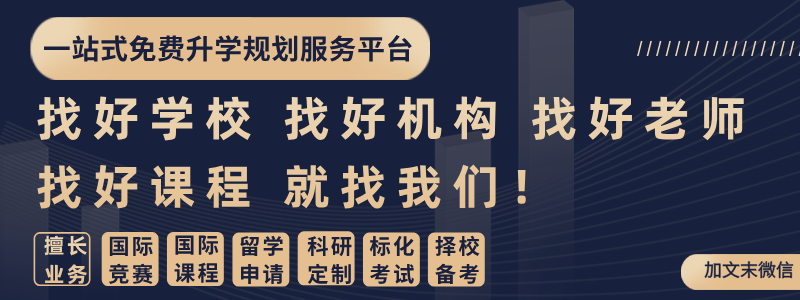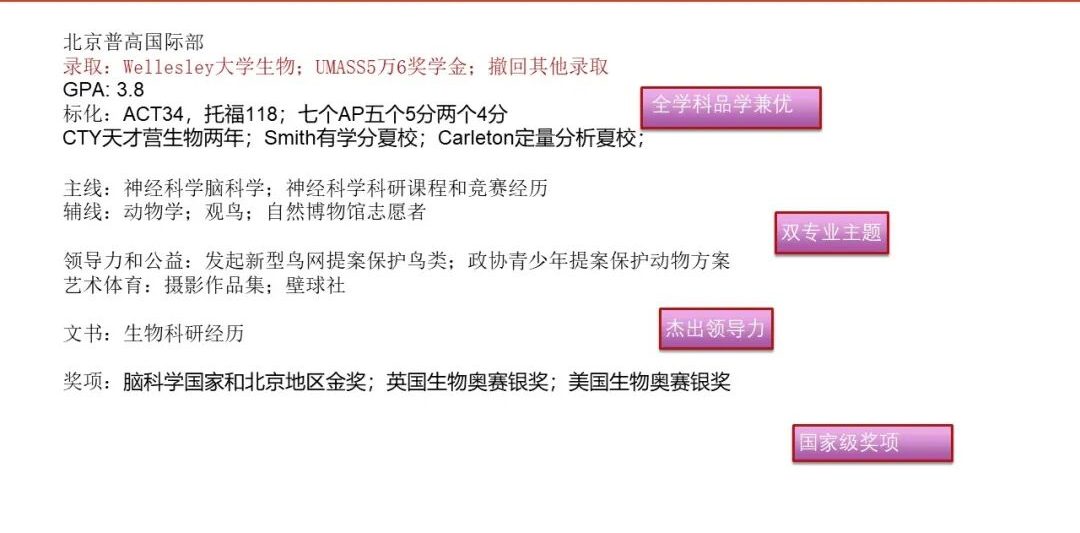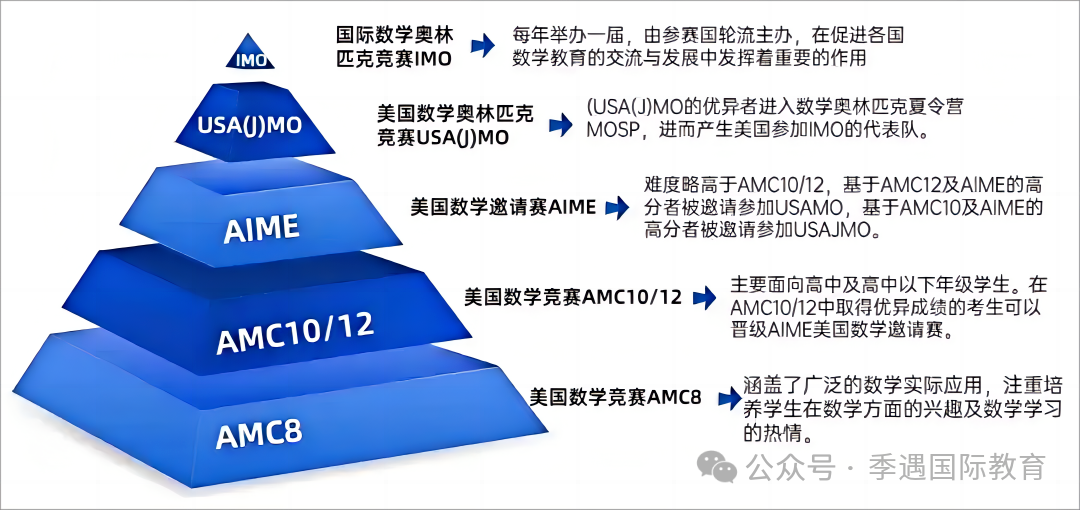题目:
The table below shows the distribution of students at UK universities by mode of study and gender.

本题纸机考通用,近期机考原题。(1117长沙)
写法要点:
这个题很简单。是典型的表格题。
数据涉及两个维度:
性别(male / female)
学习模式(full-time / part-time)
因此可以按这两个维度分段。随便哪一种分法,都可以。
时间维度是:1996 → 2010。有增减的变化,且要注意用过去时。
范文:
The tables illustratethe number of male and female postgraduate students at UK universities across four academic years (1996/97, 2000/01, 2005/06, and 2009/10),classifiedby mode of study (full-time or part-time)/ separated by full-time and part-time study.
intro 简单改改得了。
Overall,both full-time and part-time enrolments increased over the period, with full-time study rising more sharply, particularly amongfemale students.Whilepart-timestudycoursesremained more common/popularthan full-timestudyones, the gendergapin full-time courses narrowed noticeably over the years.
这段必须要写哈!!
主要突出总体趋势和性别对比就行了。
For male students,the number of enrollees rose steadily, from 75,370 in 1996/97 to 151,275 in 2009/10, effectively doubling over the periodfull-time enrolment was initially slightly higher than that offemales, at 75,370 in 1996/97. It then rose steadily, doubling to 151,275 by 2009/10. In contrast, part-time maleenrolment, although more popular than full-time study,fluctuated slightly,:starting at113,961about 114,000in 1996/97, declining to 108,770 in 2000/01, and then increasing gradually to 117,105 by 2009/10.
Similarly, the number of full-timefemalepostgraduate students experienced substantial growth, rising from 62,344in 1996/97to 146,980in 2009/10over the same period, an increase of over 84,000,which was slightly more pronounced than theincreasegrowth for males. Female part-time enrolments also grew, though at a slower rate, increasing from 108,702 in 1996/97 to 163,340 in 2009/10., a net gain of over 54,600, compared withthe much smaller and fluctuating increase ofjust over 3,100 formales.
趋势表达复习:
表示增长/下降:
rose / increased / grew / doubled / saw a rise
declined / fell / decreased / dropped
表示波动:
fluctuated slightly / remained steady / showed little change
表示比较
compared with / whereas / while / in contrast
more popular / less common / remained higher / narrowed the gap











